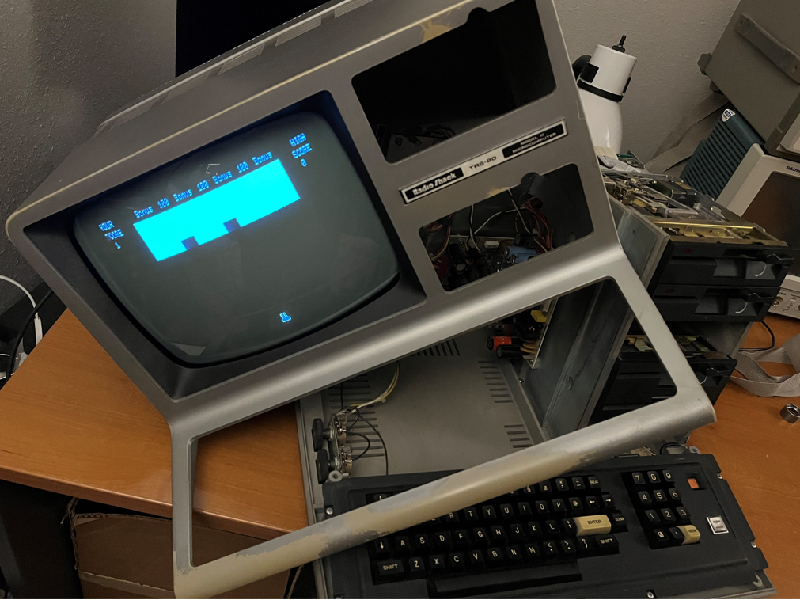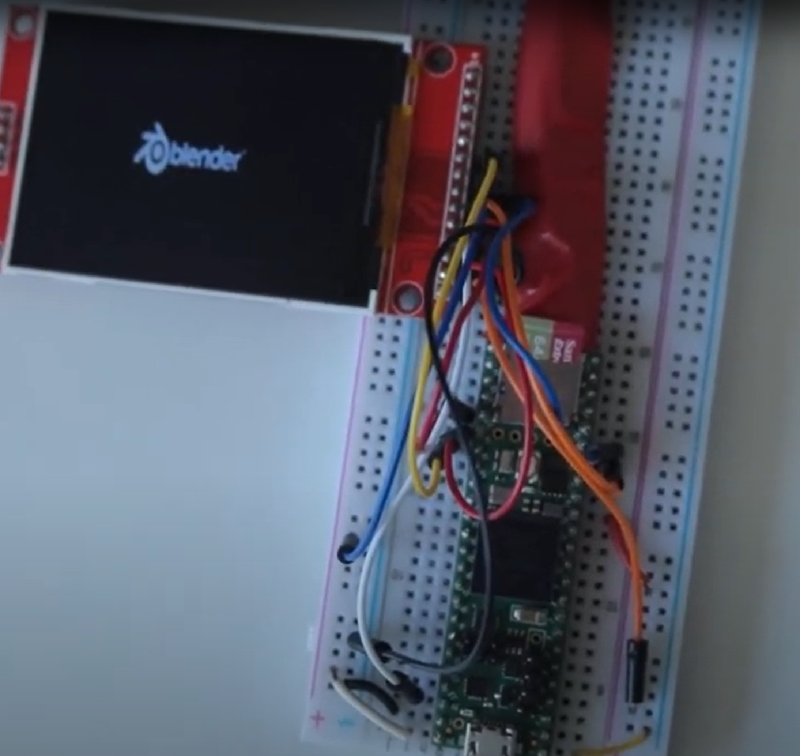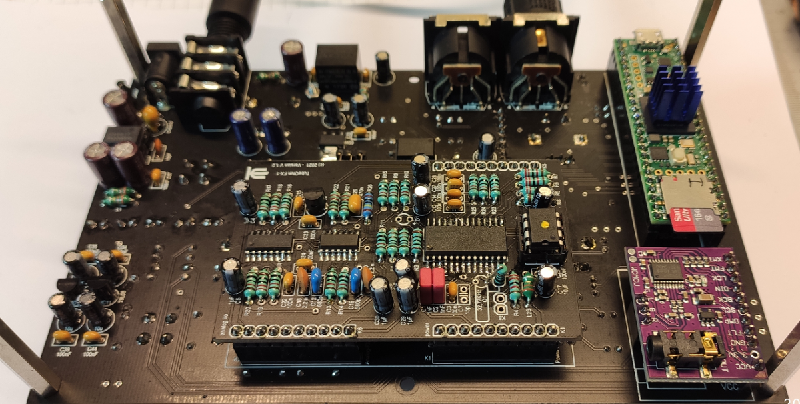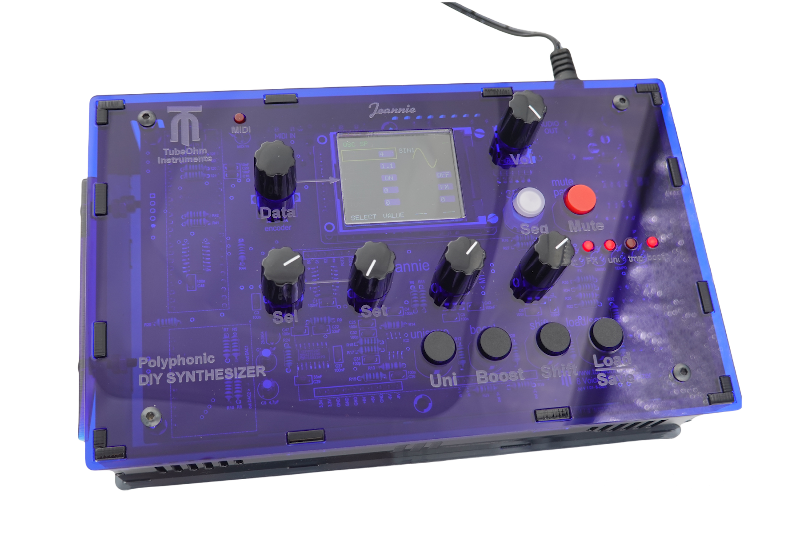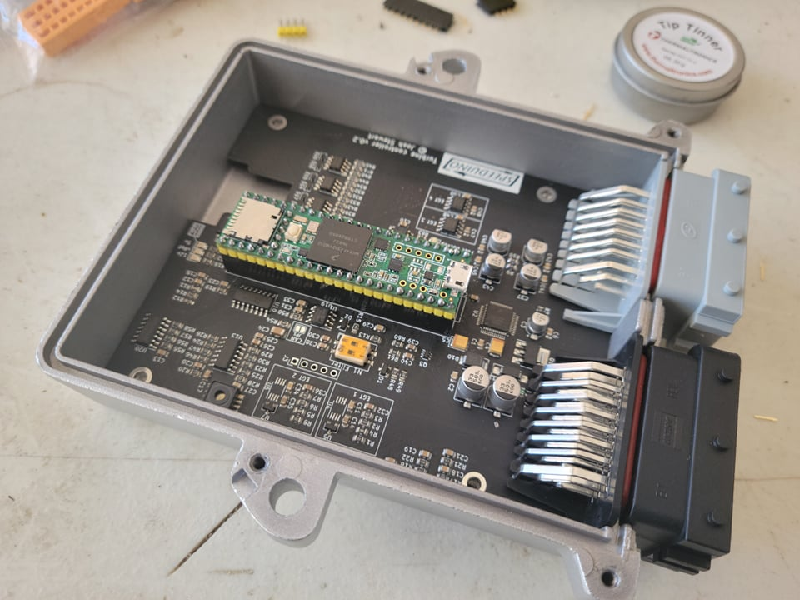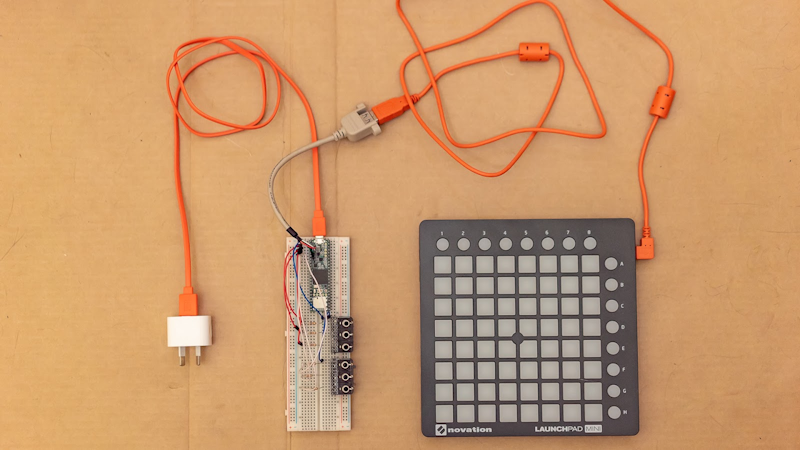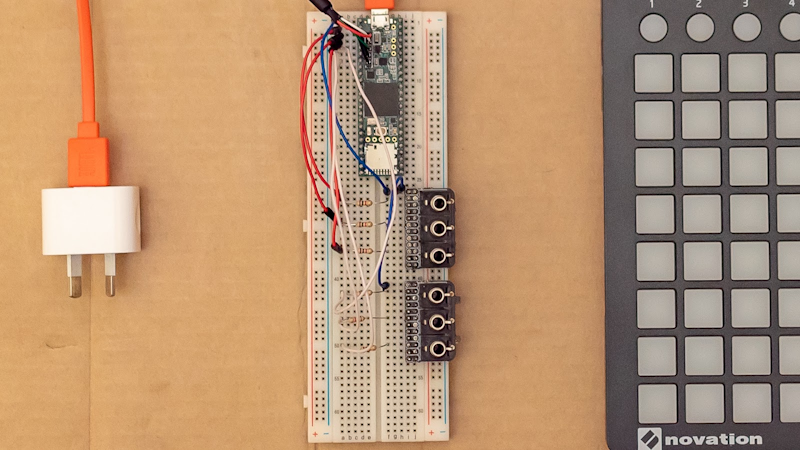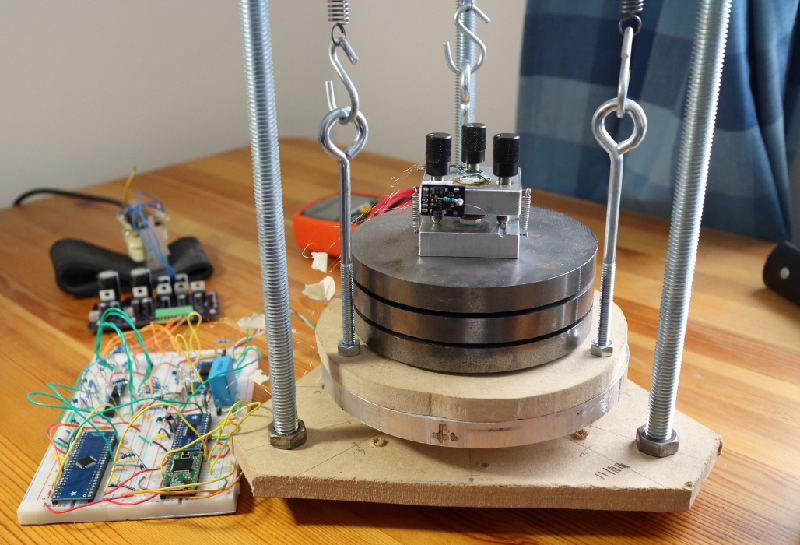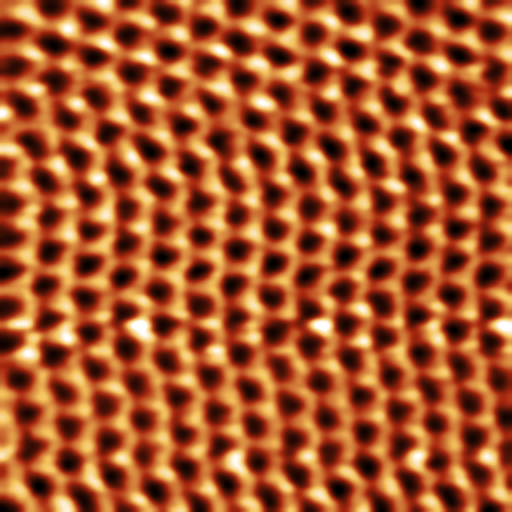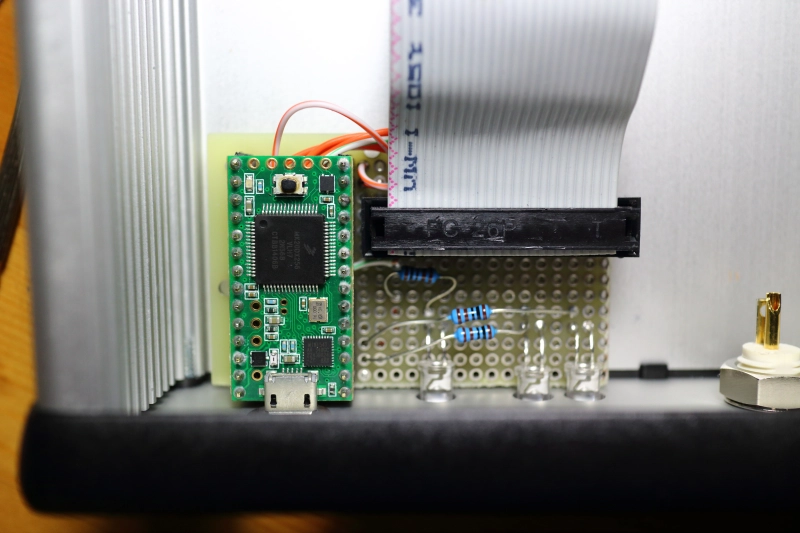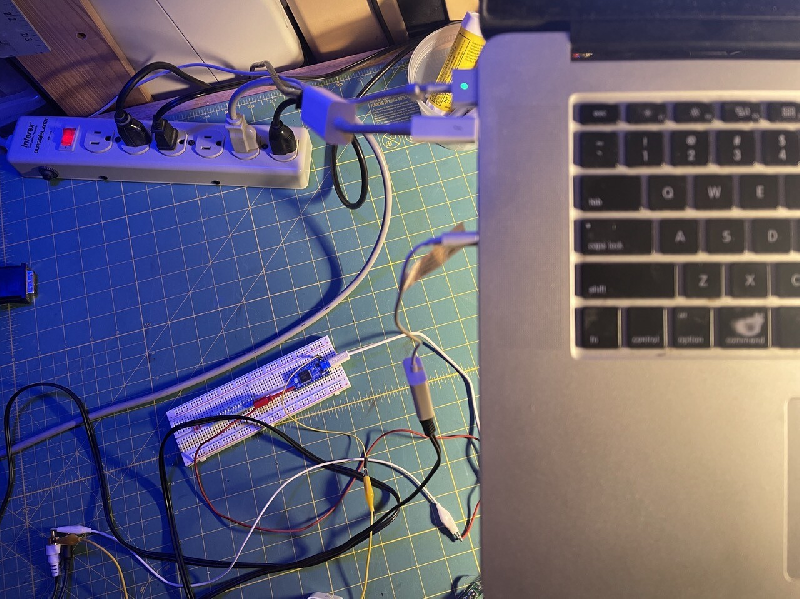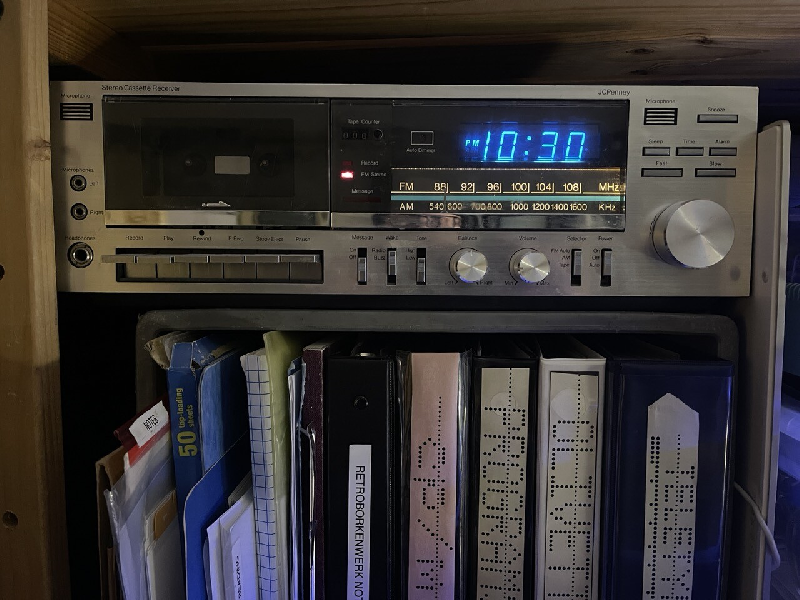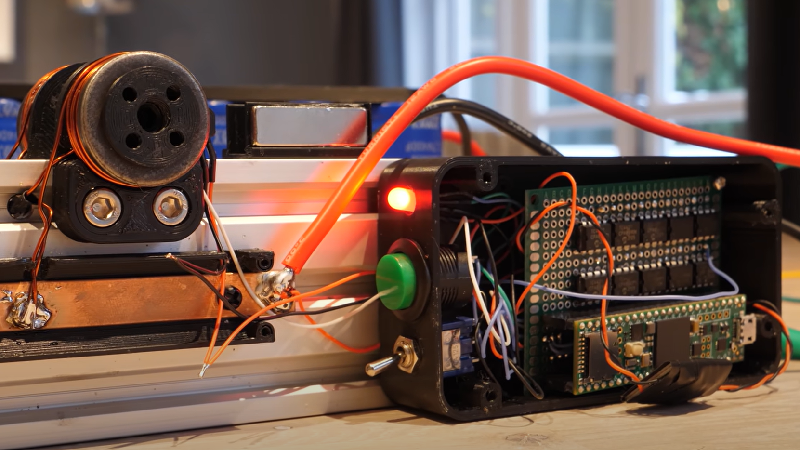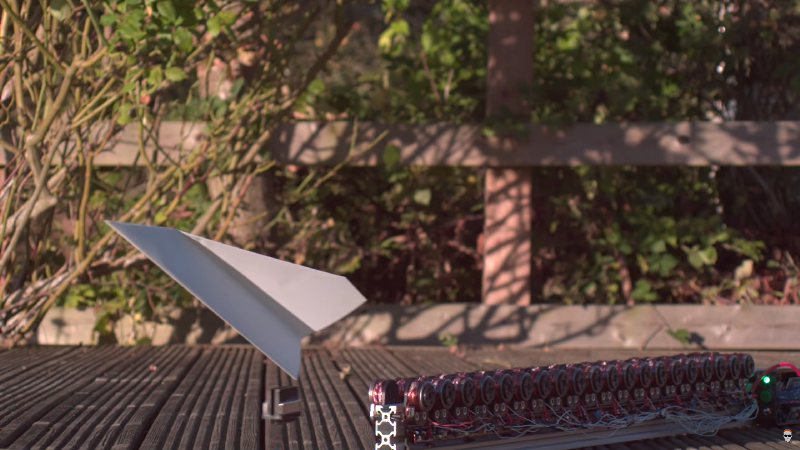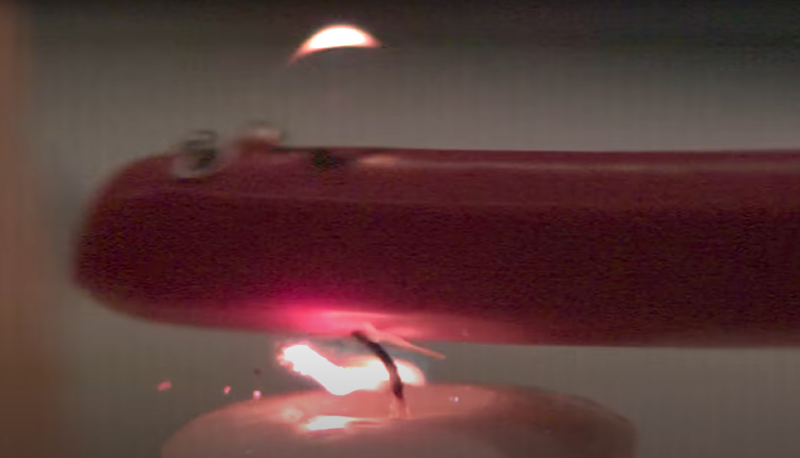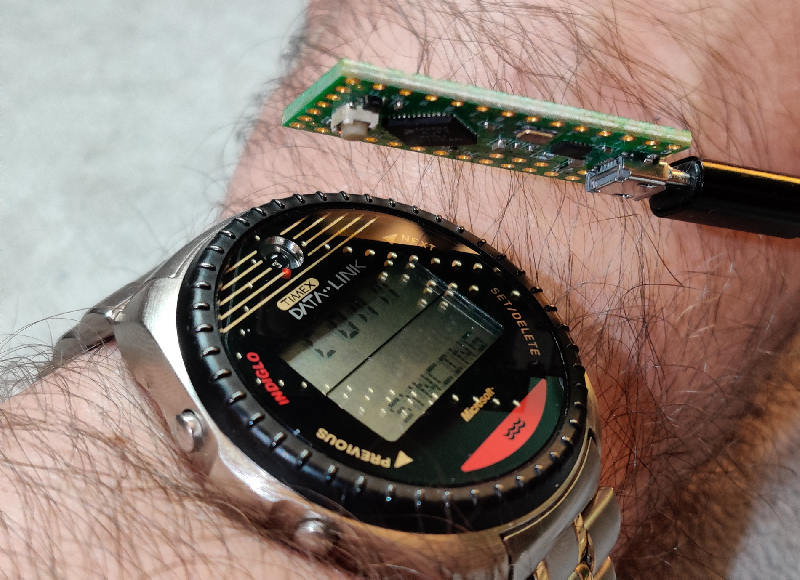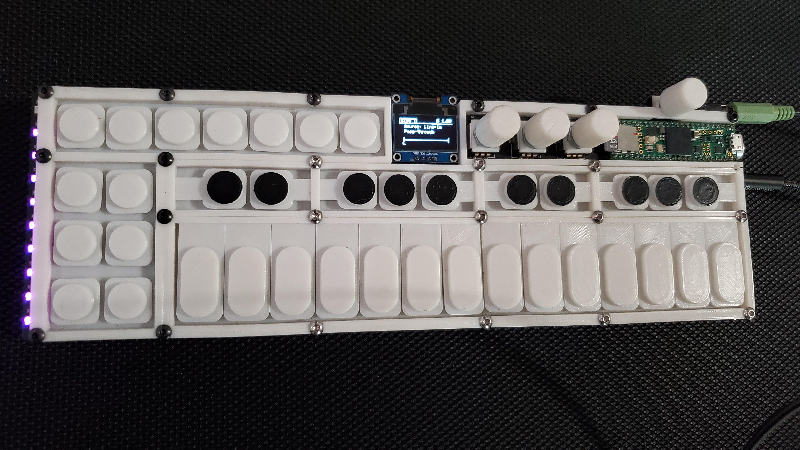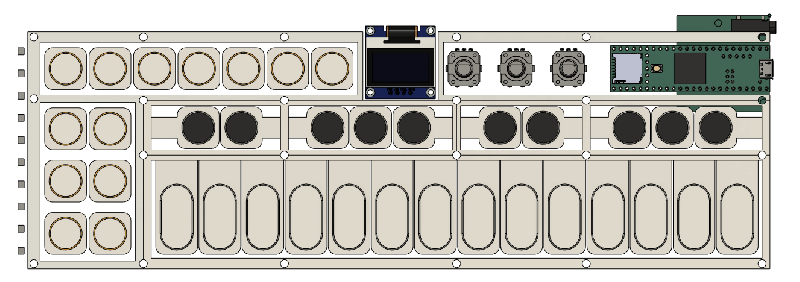Ted Fried aka MicroCore Labs is back with another Teensy-powered retro rocket! In January we featured the “world’s fastest” Commodore 64, which used Ted’s drop-in 6510 CPU replacement, the MCL64.
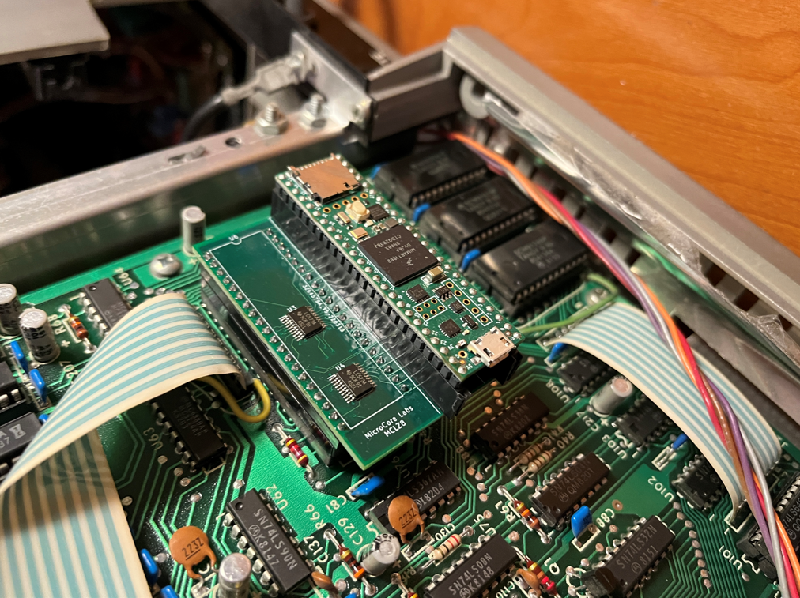
With the C64 already off and breaking records, it was time to turn his tuning skills on the TRS-80 Model III.
Like the MCL64, the MCLZ8 is a drop-in replacement for the machine’s original CPU, in this case the 8-bit Zilog Z80. With cycle-accurate emulation already in place, Ted is of course already scheming ways to improve performance, like moving the Model III’s RAM/ROM inside the Teensy 4.1 as well.
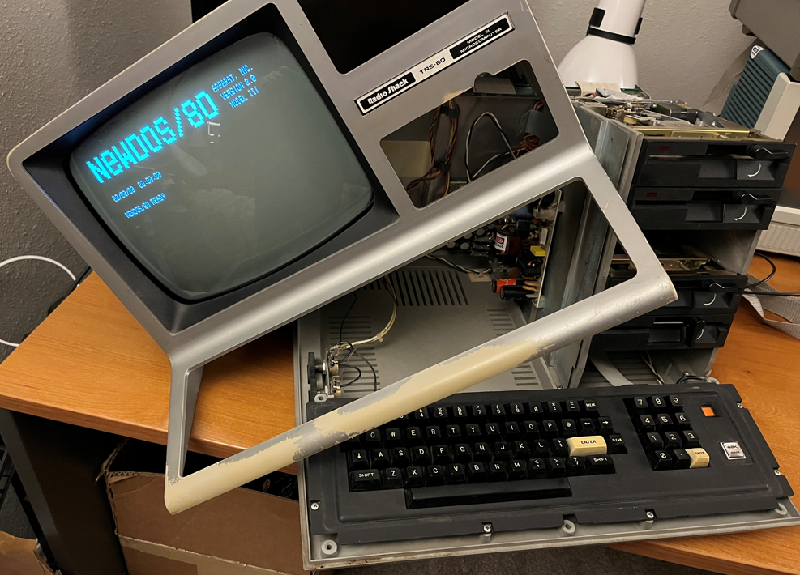
Be sure to check the MicroCore Labs blog for updates, and as always, the Projects GitHub repo for schematics and firmware.
